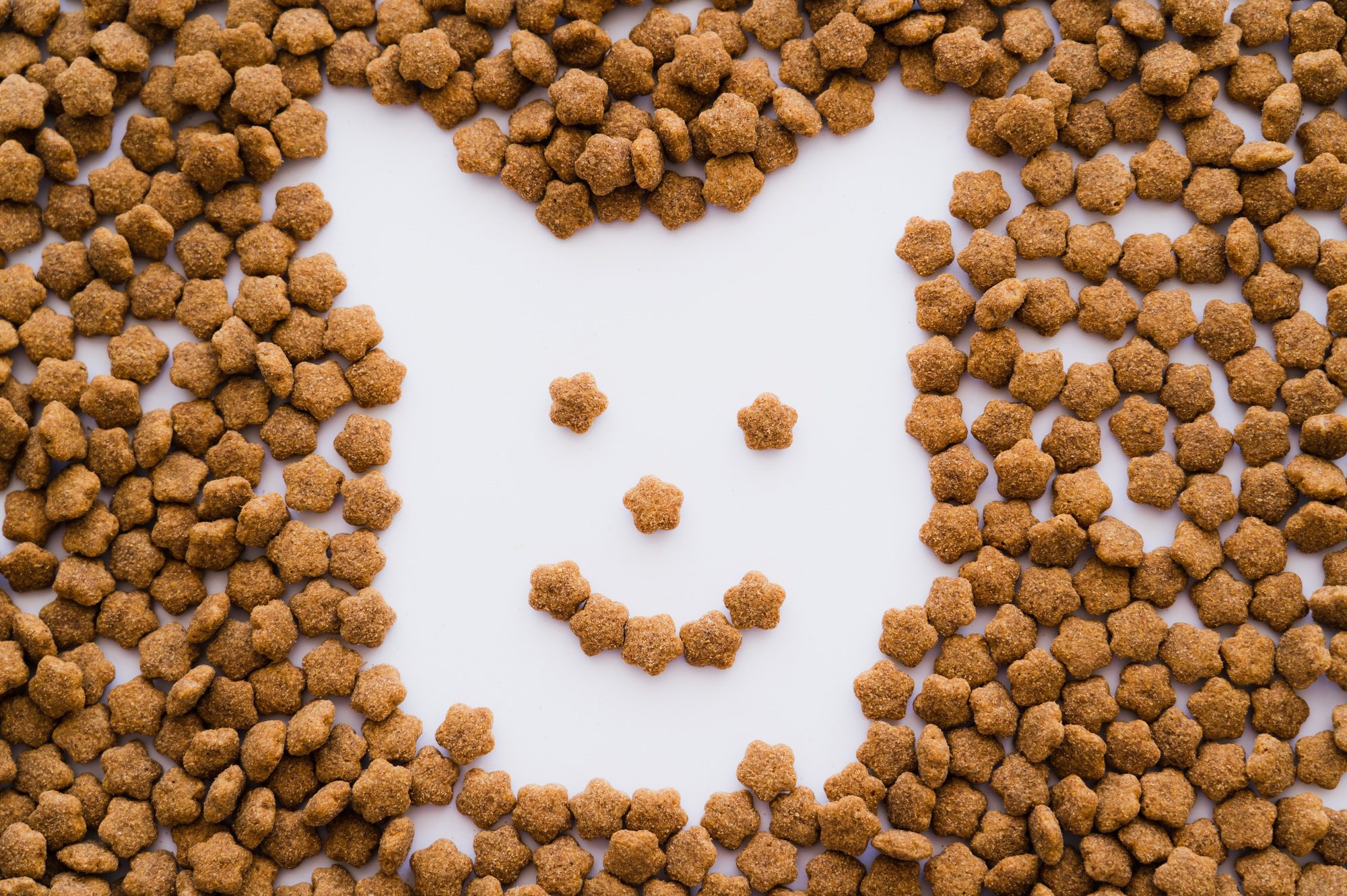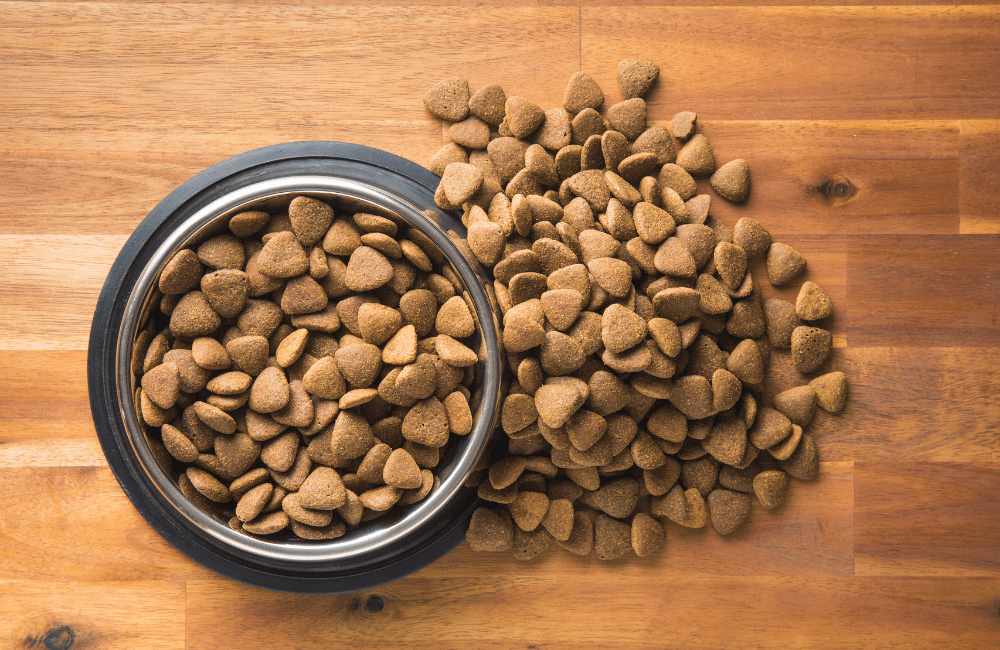Pet Food Production
The pet food industry has grown exponentially over the years, driven by the increasing awareness of pet health and nutrition. As a pet food palatants manufacturer, understanding the intricacies of the pet food production process is essential. In this blog, we’ll delve into the step-by-step process of producing high-quality pet food and the critical role of pet food palatability enhancers in ensuring that our furry friends enjoy every bite. Whether you’re a pet food manufacturer, wholesaler, or simply curious about what goes into your pet’s bowl, this detailed exploration offers valuable insights.
1. Sourcing High-Quality Raw Materials
The journey of pet food begins with the careful selection of raw materials. Quality ingredients are the foundation of nutritious and safe pet food. Manufacturers typically source raw materials such as meat, grains, vegetables, vitamins, and minerals from reputable suppliers. These ingredients must meet strict quality standards, ensuring they are free from contaminants and possess the necessary nutritional value.
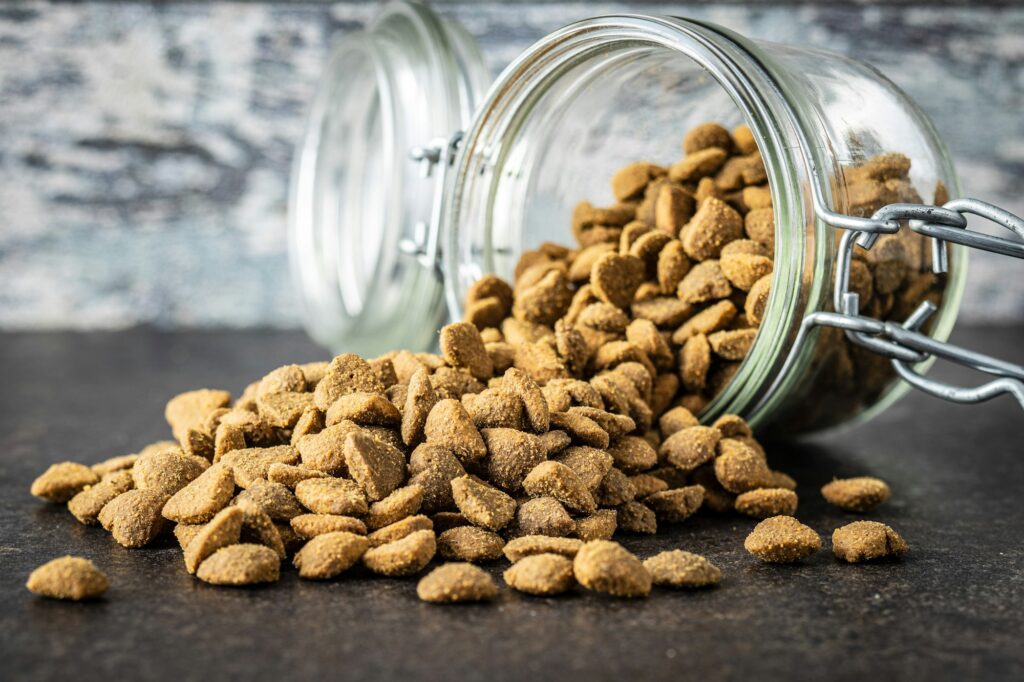
Key Considerations in Raw Material Selection:
- Nutritional Value: Each ingredient must contribute to a balanced diet, providing essential proteins, carbohydrates, fats, vitamins, and minerals.
- Safety and Purity: Ingredients are tested for contaminants like pesticides, heavy metals, and pathogens to ensure they are safe for consumption.
- Sustainability: Increasingly, manufacturers are opting for sustainably sourced ingredients to minimize environmental impact.
2. Ingredient Preparation and Mixing
Once the raw materials have been sourced and approved, they undergo preparation to create a uniform mix that can be processed into pet food. This involves grinding, chopping, and blending the ingredients according to the recipe formulated by pet nutritionists.
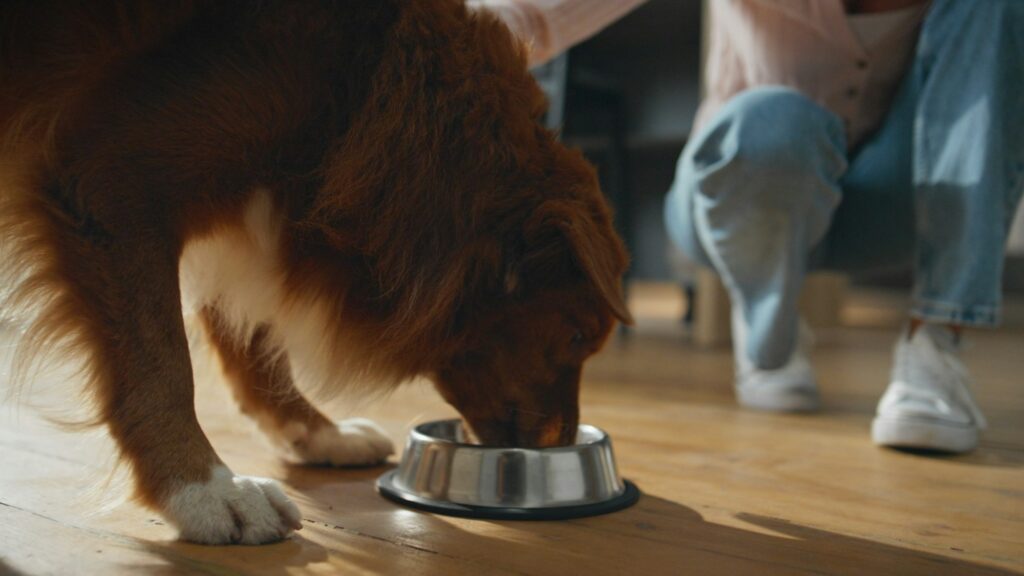
The Mixing Process:
- Grinding: Meats and grains are ground into smaller particles to facilitate mixing and digestion.
- Blending: Ground ingredients are mixed to create a consistent blend. This is a crucial step to ensure that the nutritional content is evenly distributed throughout the batch.
- Pre-Cooking: Some ingredients, particularly meats, may be pre-cooked to enhance digestibility and flavor.

3. Extrusion and Cooking
Extrusion is a critical step in the production of dry pet food, also known as kibble. This process involves cooking the mixed ingredients at high temperatures and pressures, which not only shapes the kibble but also cooks it, ensuring the destruction of harmful bacteria and the preservation of nutrients.
How Extrusion Works:
- High-Temperature Cooking: The mix is cooked rapidly under high pressure, which gelatinizes the starches, making them digestible.
- Shaping: The cooked mix is forced through a die to create kibble of the desired shape and size.
- Drying: The extruded kibble is dried to remove moisture, which helps preserve the product and extends its shelf life.
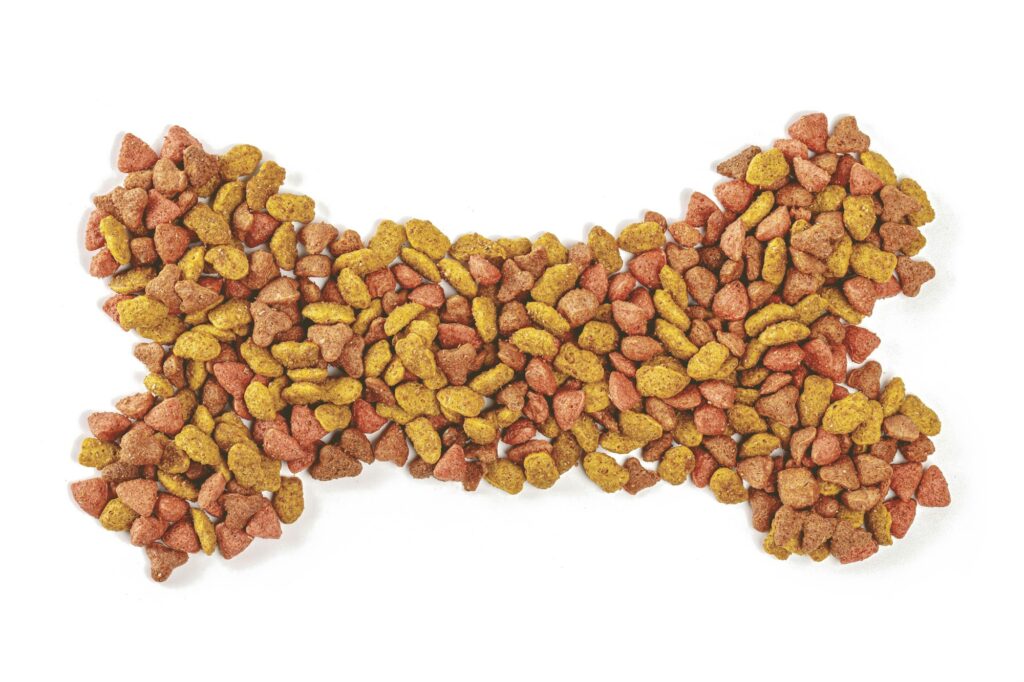
4. Adding Pet Food Palatants and Enhancers
Palatability is key to ensuring that pets enjoy their food and consume the necessary nutrients. Pet food palatants, also known as flavor enhancers, are added during the coating process after the kibble has been dried. These palatants are carefully formulated to appeal to a pet’s sense of taste and smell, increasing the likelihood that the pet will eat and enjoy the food.
The Role of Pet Food Palatants:
- Flavor Enhancement: Palatants are designed to mimic the flavors and aromas that pets find irresistible, such as meaty or savory profiles.
- Nutritional Boost: In addition to flavor, some palatants include added vitamins or minerals to further enhance the nutritional profile of the food.
- Coating Process: After the kibble is dried, it is sprayed with the palatant, which adheres to the surface and adds a final layer of flavor.
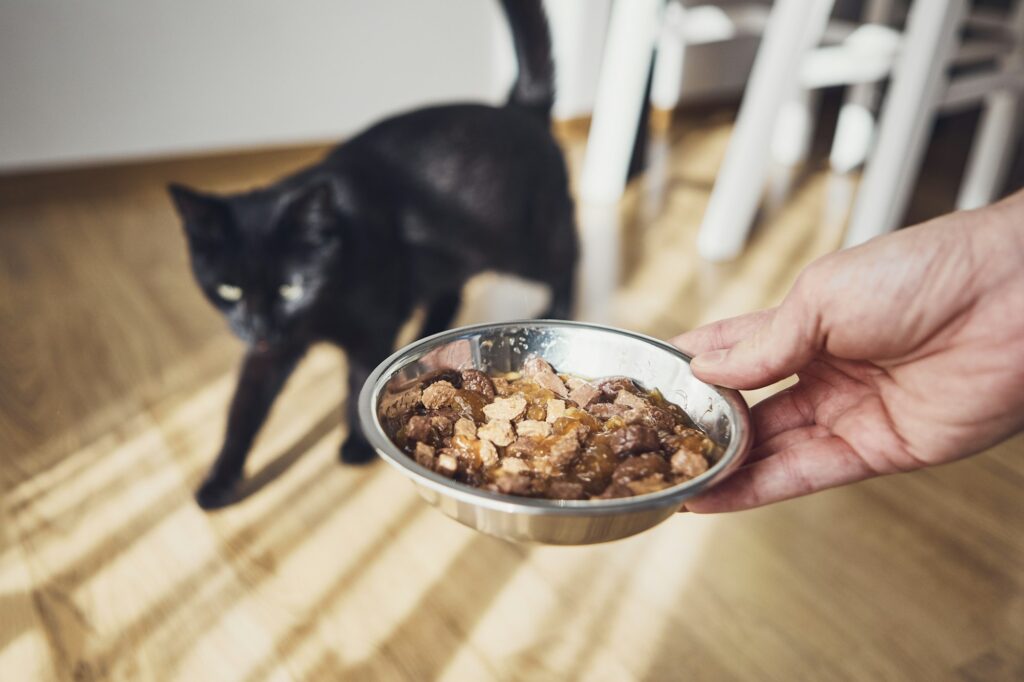
At ProfyPet, we specialize in creating high-quality pet food palatants that cater to the unique tastes of different pets, ensuring that your product stands out in a competitive market.
5. Drying and Cooling
After the addition of palatants, the kibble must be dried and cooled to stabilize the product. This step is vital to prevent spoilage and maintain the food’s quality during storage.
Steps in Drying and Cooling:
- Final Drying: The kibble is passed through a drying oven to reduce moisture content to optimal levels.
- Cooling: The dried kibble is cooled to room temperature to prevent condensation when it’s packed, which could lead to mold growth.

6. Quality Control and Testing
Quality control is integrated throughout the pet food production process to ensure that every batch meets the required safety and nutritional standards. This involves regular testing and monitoring at multiple stages.
Quality Control Measures:
- Nutritional Analysis: Each batch is tested to verify that it meets the nutritional specifications required for the product.
- Microbiological Testing: Samples are tested for pathogens such as Salmonella and E. coli to ensure food safety.
- Palatability Testing: Some manufacturers conduct feeding trials to test the palatability of the food with pets, ensuring that the product is both nutritious and enjoyable.
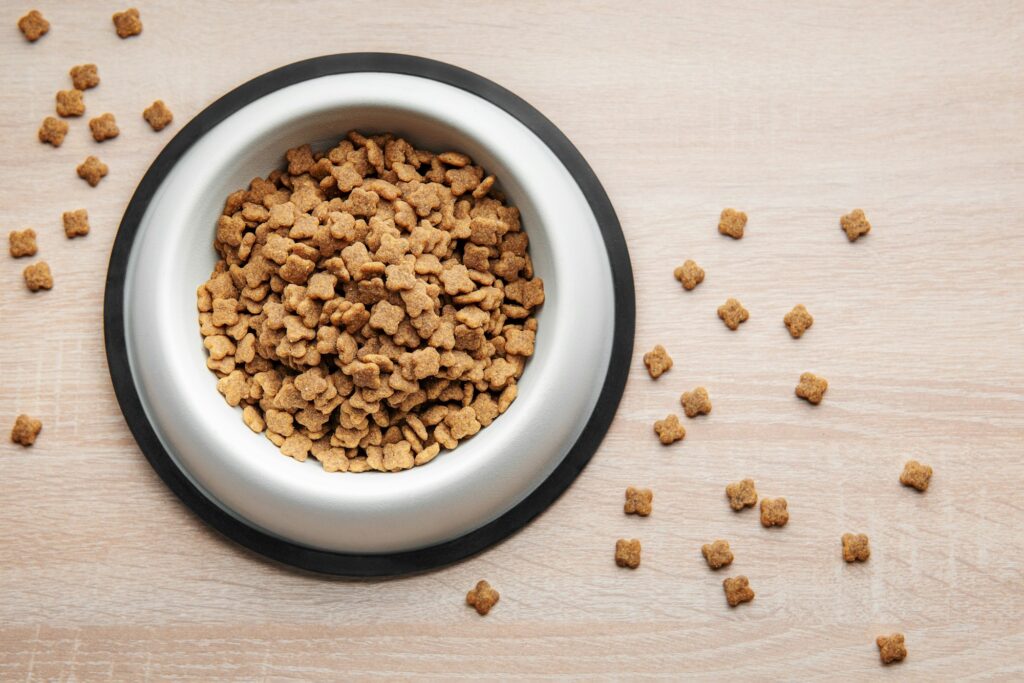
7. Packaging the Finished Product
Packaging plays a crucial role in maintaining the freshness and quality of pet food. The type of packaging chosen can also influence consumer perceptions and the shelf appeal of the product.
Types of Packaging:
- Bagged Packaging: Common for dry kibble, bags are often made of multi-layered materials to protect against moisture and oxygen.
- Canned Packaging: Used for wet pet foods, cans are sealed and sterilized to ensure long shelf life.
- Pouches and Trays: Increasingly popular for their convenience, these types of packaging are often used for single servings of wet or semi-moist food.
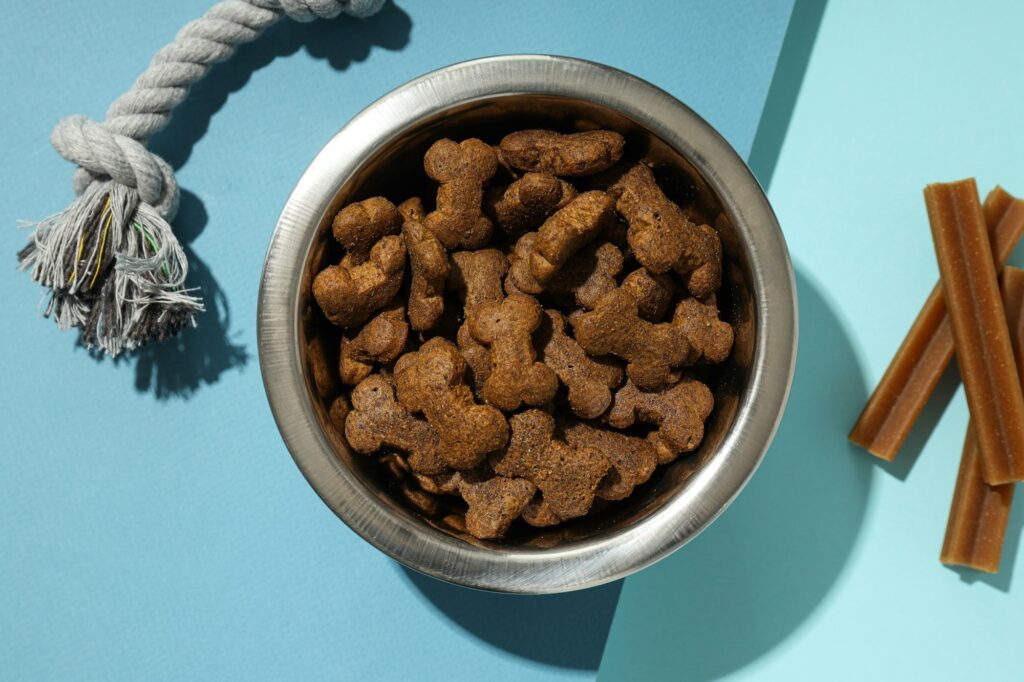
8. Distribution and Shelf Placement
Once packaged, the pet food is ready for distribution to retailers or direct to consumers. The logistics of distribution must ensure that the product remains in optimal condition until it reaches the end user.
Distribution Considerations:
- Temperature Control: Pet food, especially wet food, may require temperature-controlled environments to prevent spoilage.
- Shelf Life Management: Retailers must be mindful of the product’s shelf life to ensure freshness at the point of sale.
9. Regulatory Compliance and Standards
Pet food manufacturers must adhere to stringent regulations to ensure the safety and quality of their products. These regulations vary by region but generally include requirements for labeling, ingredient safety, and manufacturing practices.
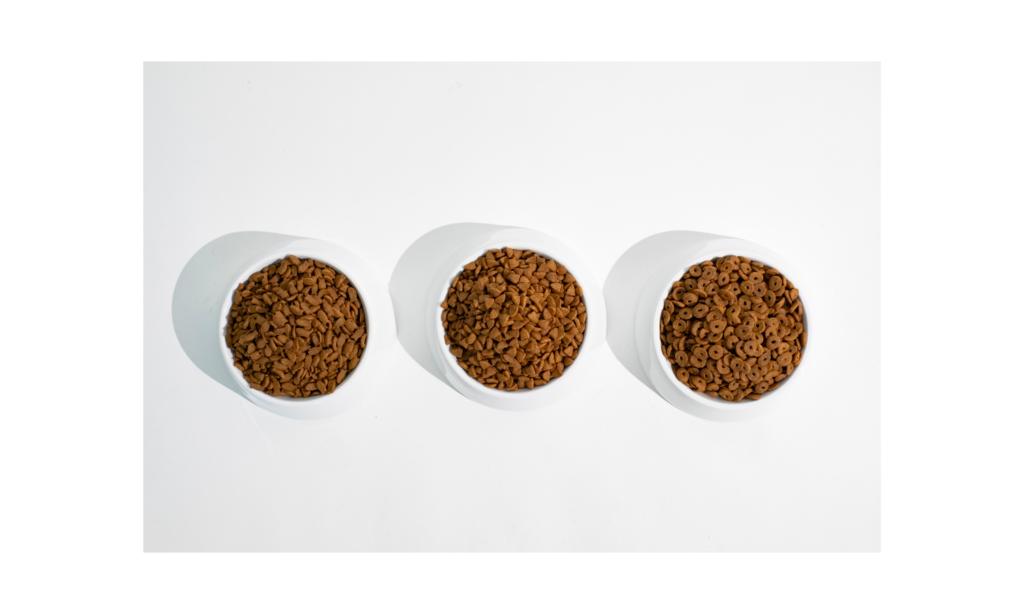
Key Regulatory Bodies:
- FDA (U.S.): The Food and Drug Administration oversees pet food regulations, ensuring products are safe, produced under sanitary conditions, and properly labeled.
- AAFCO (U.S.): The Association of American Feed Control Officials provides guidelines and standards for nutritional adequacy in pet foods.
- FEDIAF (Europe): The European Pet Food Industry Federation sets industry standards across Europe.
10. The Importance of Continuous Innovation
The pet food industry is ever-evolving, with ongoing research and innovation driving improvements in nutrition, palatability, and sustainability. Manufacturers must stay ahead of trends and continually innovate to meet the changing needs and preferences of pets and their owners.
Trends in Pet Food Production:
- Natural and Organic Ingredients: Increasing demand for pet foods made from organic, non-GMO ingredients.
- Sustainability: A growing focus on sustainable sourcing, eco-friendly packaging, and reducing the carbon footprint of production.
- Personalization: Customizable pet foods tailored to the specific dietary needs and preferences of individual pets.
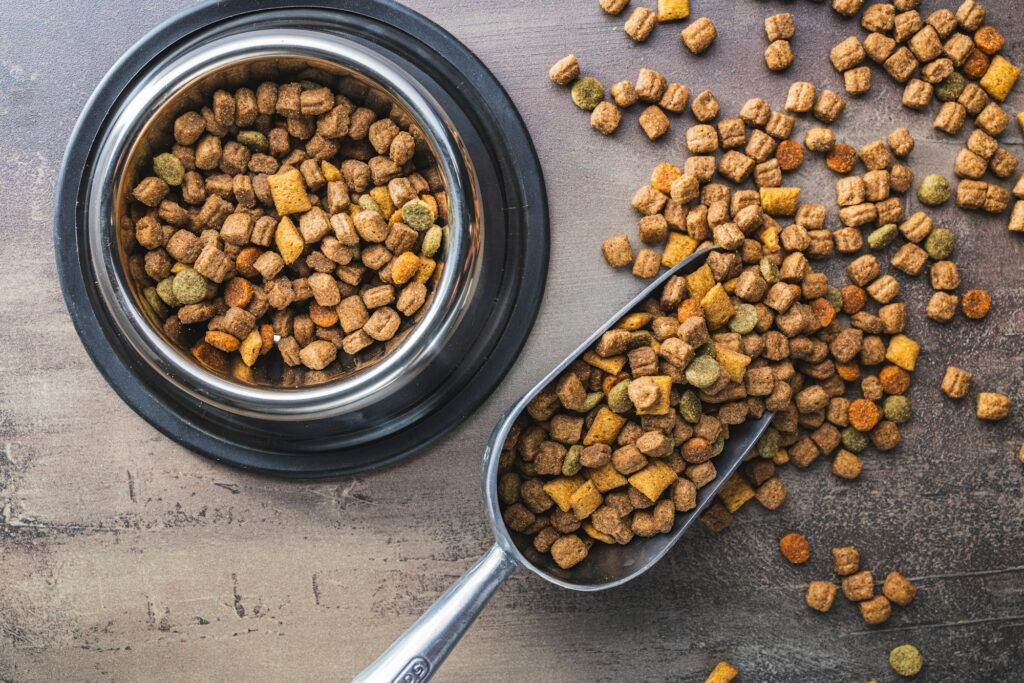
11. Conclusion
The production of high-quality pet food is a complex and meticulous process that requires careful attention to detail at every stage, from sourcing raw materials to packaging the finished product. The addition of pet food palatants plays a crucial role in ensuring that the final product is not only nutritious but also highly palatable, encouraging pets to consume the necessary nutrients for a healthy life.
As a pet food manufacturer or wholesaler, understanding and implementing these processes can significantly enhance the quality of your products, making them more appealing to both pets and pet owners. At ProfyPet, we are committed to providing top-tier pet food palatants that help your products stand out in the competitive pet food market.
References:





